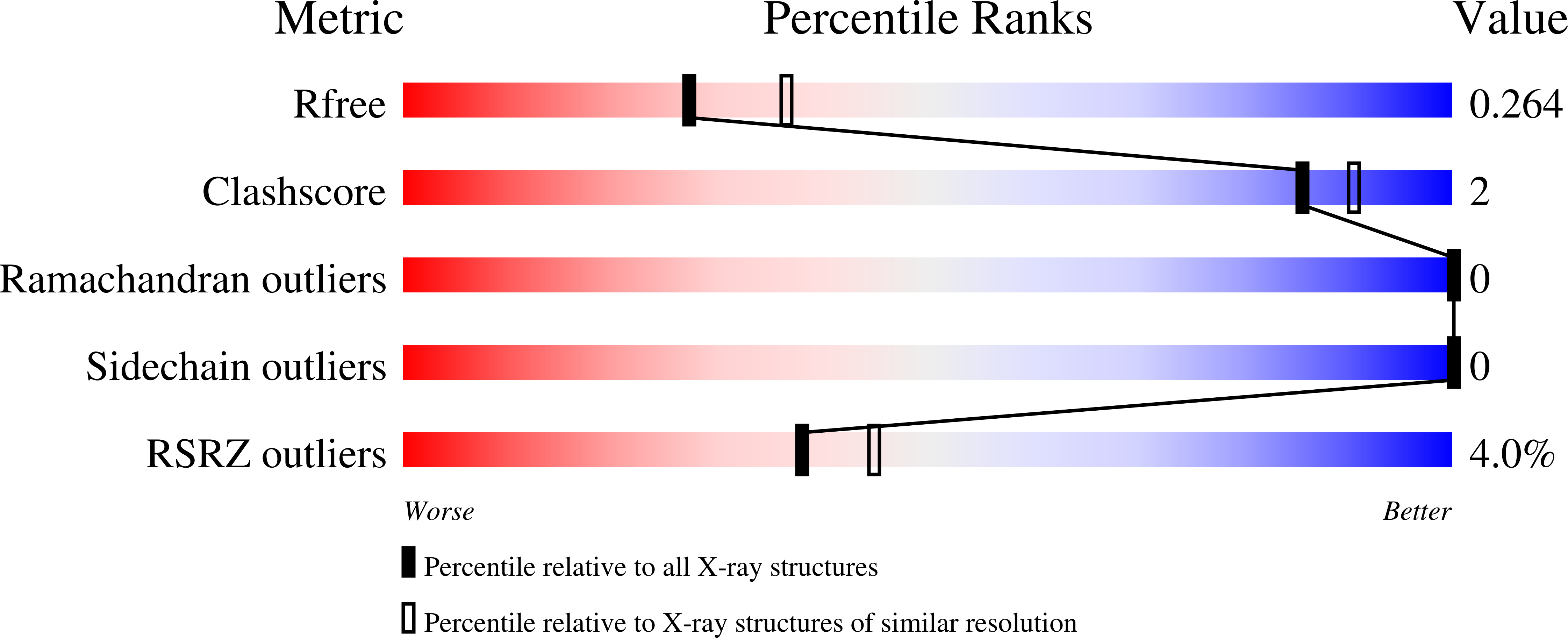
Deposition Date
2022-07-13
Release Date
2023-03-08
Last Version Date
2024-02-07
Entry Detail
PDB ID:
8AEP
Keywords:
Title:
Reductase domain of the carboxylate reductase of Neurospora crassa
Biological Source:
Source Organism:
Neurospora crassa (Taxon ID: 5141)
Host Organism:
Method Details:
Experimental Method:
Resolution:
2.30 Å
R-Value Free:
0.25
R-Value Work:
0.20
Space Group:
P 1 21 1


